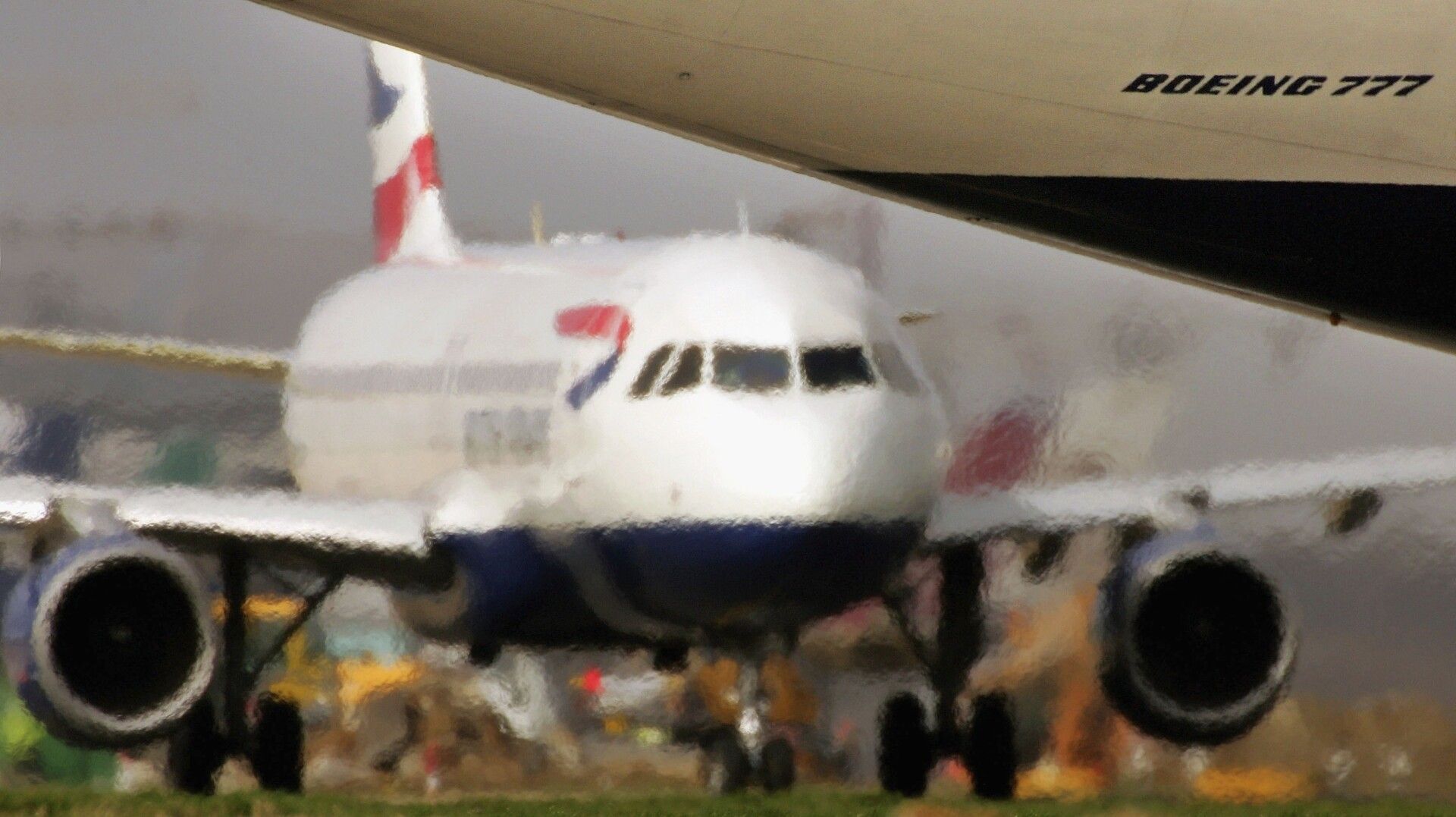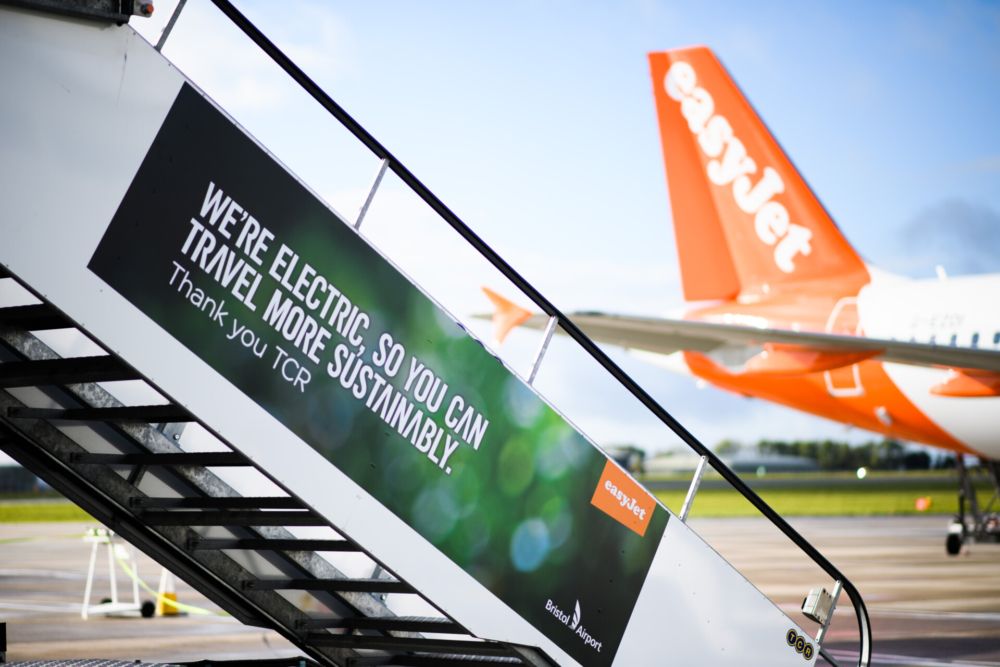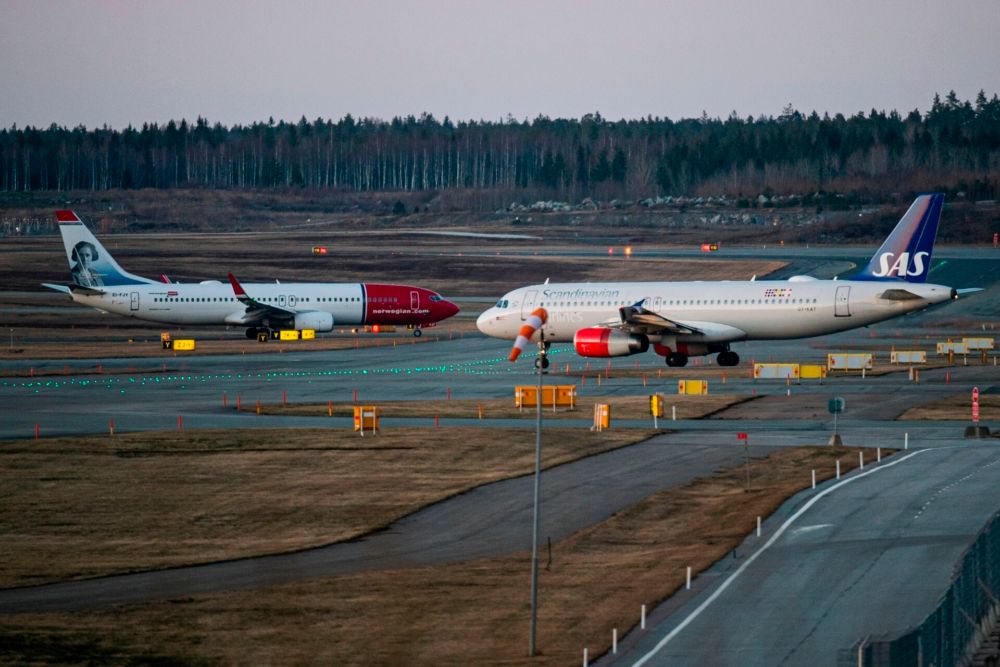There is a lot of talk about net-zero emissions flight. But what about net-zero ground operations? Industry experts say that improving airport operational efficiency is not to be overlooked and that it will be a key factor in helping the industry reach its overall emissions targets.
When it comes to greenhouse gases from the aviation industry, most of the focus lies on cutting CO2 emissions caused when burning jet fuel - and rightly so. The particular properties of kerosene fuel are what make aviation such a problematic sector to decarbonize. However, with airports to expand and the industry set to continue to grow, so will emissions on all fronts, unless there is a significant shift in how energy consumption is approached.
Stay informed: Sign up for our daily and weekly aviation news digests.
More efficient ground traffic
Speaking at the recent Future Flying Forum, Dr Ian Cruickshank, who is the Transport Taskforce Manager at United For Wildlife, talked about the various ways that efficiency at airports will be essential to help aviation reach its net-zero by mid-century targets. These include a number of efficiencies aided by technological advancement that all on their own will not get us "even close" to net-zero emissions - but put together, will make all the difference.
Dr Cruickshank says that measures such as using an electric tug to tow the aircraft all the way to the runway rather than expending more fossil-based fuel are easy solutions that we should see more of over the next five years. Meanwhile, preferably, taxiing times should be kept to a minimum.
"We could have direct approaches and direct departures where instead of sitting on the ground and taxiing for 30 or maybe 40 minutes. Maybe we need to be able to manage our ground traffic a little more carefully so that we can push back and go, almost straight away."
Using the technology at hand
Other areas to focus on should be the use of sustainable energy at airports, supported by efforts such as putting up solar farms. Implementation of anaerobic digestion could allow catering rest-products to produce fuel and electricity and help reduce waste. All these are measures where existing technology could help reduce the overall carbon footprint of an airport.
Clean and cheap energy is essential
Many airports have already begun to implement strategies to reduce emissions. One operator that is leading the way is Swedavia. Earlier this year, the group announced that it had achieved net-zero emissions across all of its operations at its ten owned airports, including Stockholm Arlanda and Gothenburg Landvetter.
The group's Head of Environment says that having access to clean and cheap energy plays a major role for airports to be able to decarbonize operations. Other airports across Spain, Italy, and the UK have begun collaborating with major low-cost carriers easyJet and Ryanair, to trial emissions-free turnarounds.



